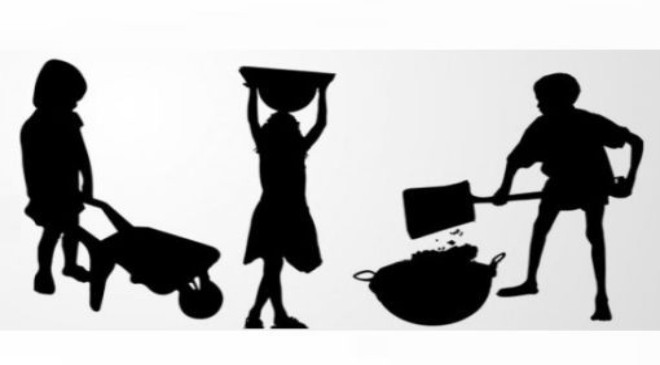India has officially eliminated ‘extreme poverty‘, which can be seen through the sharp decline in headcount poverty ratio and stark increase in household consumption, a report authored by Surjit Bhalla and Karan Bhasin has said.
Read More: HDFC Bank, HSBC, 2 Others Settle Case With Sebi, Pay Rs 39 Lakh Towards Settlement Fee
“This also means that time has come for India to graduate to a higher poverty line much like other countries. The transition to a higher poverty line provides an opportunity to redefine existing social protection programs particularly with the objective of better identification of intended beneficiaries and providing greater support to the genuine poor,” the report added.
The report states that this has been a result of the government’s strong policy thrust on redistribution, which has led to strong inclusive growth in India over the last decade.
India has just released its official consumption expenditure data for 2022-23, providing the first official survey-based poverty estimates for India in over ten years.
According to the data, real per capita consumption growth has been recorded at 2.9 per cent per year since 2011-12. Under this, rural growth at 3.1 per cent was significantly higher than urban growth of 2.6 per cent The data also presented an unprecedented decline in both urban and rural inequality.
Read More: Paytm Payments Bank Fined Rs 5.49 Crore For Money Laundering, Penalised By Finance Ministry
The urban Gini (x100) (index to measure inequality) declined from 36.7 to 31.9; the rural Gini declined from 28.7 to 27.0.
In the annals of inequality analysis, this decline is unheard of, and especially in the context of high per capita.
According to data showed by World Poverty Clock, produced by World Data Labs, 34,458,941 people in India are living in extreme poverty, which is 2 percent of its population. This number was 40,485,679 in 2023 and 46,909,365 in 2022.
Out of the 2 percent, 32,517,579 are in rural areas (94 percent) and 1,941,362 are from urban areas (6 percent).
The report said high growth and large decline in inequality have combined to eliminate poverty in India for the purchasing power parity $1.9 poverty line. The Headcount Poverty Ratio (HCR) for the 2011 PPP USD 1.9 poverty line has declined from 12.2 per cent in 2011-12 to 2 per cent in 2022-23, equivalent to 0.93 percentage points (ppt) per year.
Rural poverty stood at 2.5 per cent while urban poverty was down to 1 per cent.
For the PPP USD 3.2 line, HCR declined from 53.6 per cent to 20.8 per cent.
Notably, these estimates do not take into account the free food (wheat and rice) supplied by the government to approximately two-thirds of the population, nor utilization of public health and education, the think tank stated.
The data show a strikingly lower number of poor people in India, at both thresholds, than those estimated by the World Bank.
The authors are of the opinion that the relatively higher consumption growth in rural areas should not come as a surprise given the “strong policy thrust on redistribution through a wide variety of publicly funded programmes.”





































